Featured Photo Above:
Addie Joos Benefit Game, July 24, 1911
(Color Restoration by Chris Whitehouse of They Played in Color website)
Baseball History Comes Alive Now Ranked As a Top Five Website by Feedspot Among All Baseball History Websites and Blogs!
(Check out Feedspot's list of the Top 35 Baseball History websites and blogs)

Guest Submissions from Our Readers Always Welcome! Click for details
Scroll Down to Read Today’s Essay
Subscribe to Baseball History Comes Alive for automatic updates (sign-up block found in right side-bar)
As a Free Bonus for subscribing, you’ll get instant access to my two Special Reports: Memorable World Series Moments and Gary’s Handy Dandy World Series Reference Guide!
Fred Snodgrass Photo Gallery
Click on any image below to see photos in full size and to start Photo Gallery:
Baseball “Goats,” Part Two:
To follow up on my three-part series on the tragedy of Fred Merkle, I’m today starting another series on well-known baseball goats. I’ll focus mainly on World Series, where mistakes are always magnified.
To start things off, here’s a few words about Fred Snodgrass and the infamous “$30,000 Muff” from the 1912 World Series, one of the most exciting from the Dead Ball Era. Future essays in this series will feature memorable incidents from the 1917, 1924, 1939, and 1941 World Series and probably a few others. -GL
The 1912 World Series:
Fred Snodgrass and the “$30,000 Muff”
“I never lost that World Series. I never took the blame for losing any World Series.” –Fred Snodgrass
His name was Fred Snodgrass and, just Fred Merkle in 1908, his miscue remained with him to the end of his days. When he died on April 5, 1974, his obituary in the New York Times was headlined: “Fred Snodgrass, 86, Dead; Ball Player Muffed 1912 Fly.”
His Problems Actually Started in the 1911 WS
First, let’s back up to the 1911 World Series where New York Giant Fred Snodgrass’s post-season troubles actually began. In Game Three against the Philadelphia A’s, he led off the bottom of the 10th inning for the Giants in a 1-1 game with a walk, and then advanced to second on a sacrifice bunt. A short passed ball followed and “Snow” made a valiant, if misguided, attempt to reach third. Unfortunately, the throw beat him easily; but he slid in hard with spikes flying against A’s popular third baseman, Frank “Home Run” Baker, spiking Baker in the leg. The Philadelphia fans were not thrilled by what they perceived as “dirty play” and they let Snodgrass know about it.
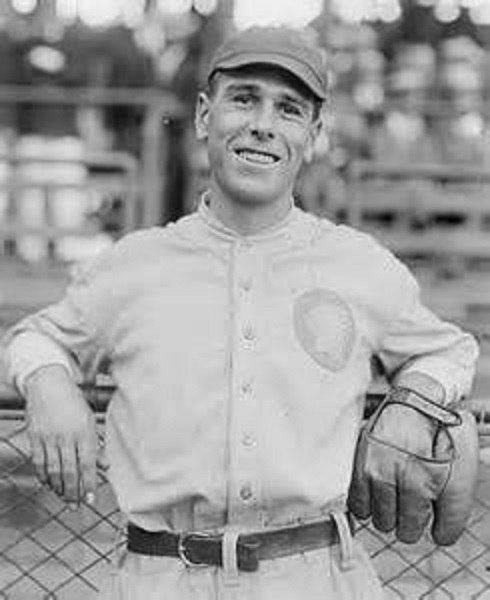
As the abuse continued in the Philadelphia papers amid a week of rain-outs, John McGraw, concerned about Snodgrass’s safety, sent him back to New York. “Snodgrass Hooted Out of Philadelphia,” read the headline in the New York Times. Rumors abounded that he had been shot. When play resumed after a week of rain-outs, Snodgrass went hitless in the final three games, batting only .105 for the Series as the A’s defeated the Giants in six games.
That incident would be child’s play compared to what happened the next year. In the 1912 World Series, between the Giants and Red Sox, the infamous “muff” occurred in Boston in the tenth inning of the decisive eighth and last game (the fifth game was declared a tie).
“I yelled that I’ll take it, and waved Red Murray off and, well, I dropped the darn thing…”
The score was tied 1-1 after nine innings, but the Giants scored a run in the top of the tenth and were three outs away from a World Series Championship. Having lost the World Series in 1911 to the Athletics, they were just about ready to celebrate.
And then it happened…
The first batter up in the bottom of the tenth, Clyde Engel, hit a routine fly ball to Snodgrass in center, widely regarded as one of the best outfielders of the Dead Ball Era. And, as luck would have it, Snodgrass just flat-out dropped the danged ball – one he normally puts in his hip pocket – as Engel ended up on second. I’ll let Snodgrass pick up the story from here from his interview with Lawrence Ritter in The Glory of Their Times:
“I did drop the ball. There’s no question about that. But I didn’t let the tying and winning runs score. I couldn’t because it happened with the first batter! Well, Harry Hooper was next. And in the 10th inning of a tie game, we were just certain he would bunt to move the man over to third. But instead of bunting, Hooper cracked a drive way over my head. I made one of the greatest plays of my life on it, catching the ball over my shoulder while on the dead run out in deep left-center. They always forget about that play when they write about that inning. Then Matty walked Steve Yerkes, unfortunately, with what proved to be the winning run. Two men on and only one out. And up comes Tris Speaker, one of the greatest hitters in the game.”
“What does Speaker do but take a swing at the ball and hit a nice easy pop-up, a foul ball, over near first base. And that ball was never touched! Merkle didn’t have to go thirty feet to get it, it was almost in the first-base coaching box. Chief Meyers, our catcher, tried to catch it, but couldn’t quite get there. It was too far from home plate. Matty could have put it in his hind pocket. Well, given that reprieve, Speaker hit a clean line drive over Merkle’s head that scored the man I put on and put Yerkes on third base. Another long fly to right by Larry Gardner and Yerkes scored after the catch. The game is over and, according to the newspapers, Fred Snodgrass lost the World Series.”
And just like that, Snodgrass was unfairly labeled by the New York press as the goat of the 1912 World Series, with an incident that overshadowed a solid major league career.
Fred Snodgrass’ Career
Fred played eight years in the major leagues, hitting .275 with 215 stolen bases, a .367 on-base percentage, and 453 RBI. He played in three World Series with the Giants (1911, 1912, 1913). His best year was 1910, when he hit .321, with a .440 on-base percentage, a .432 slugging average, and a 155 OBS+. Known for his speed, he collected 51 stolen bases in 1911 and 48 in 1912. After he retired from baseball, he later became a successful banker and a popular mayor in his hometown of Oxnard, California.
As I’ve said before, misplays in the World Series become magnified and can tarnish the careers and reputations of fine ballplayers.
Gary Livacari
Information: Excerpts edited from The Glory of Their Times
Does your writing project need an experienced copyeditor or proofreader? If so, contact me: Livac2@aol.com
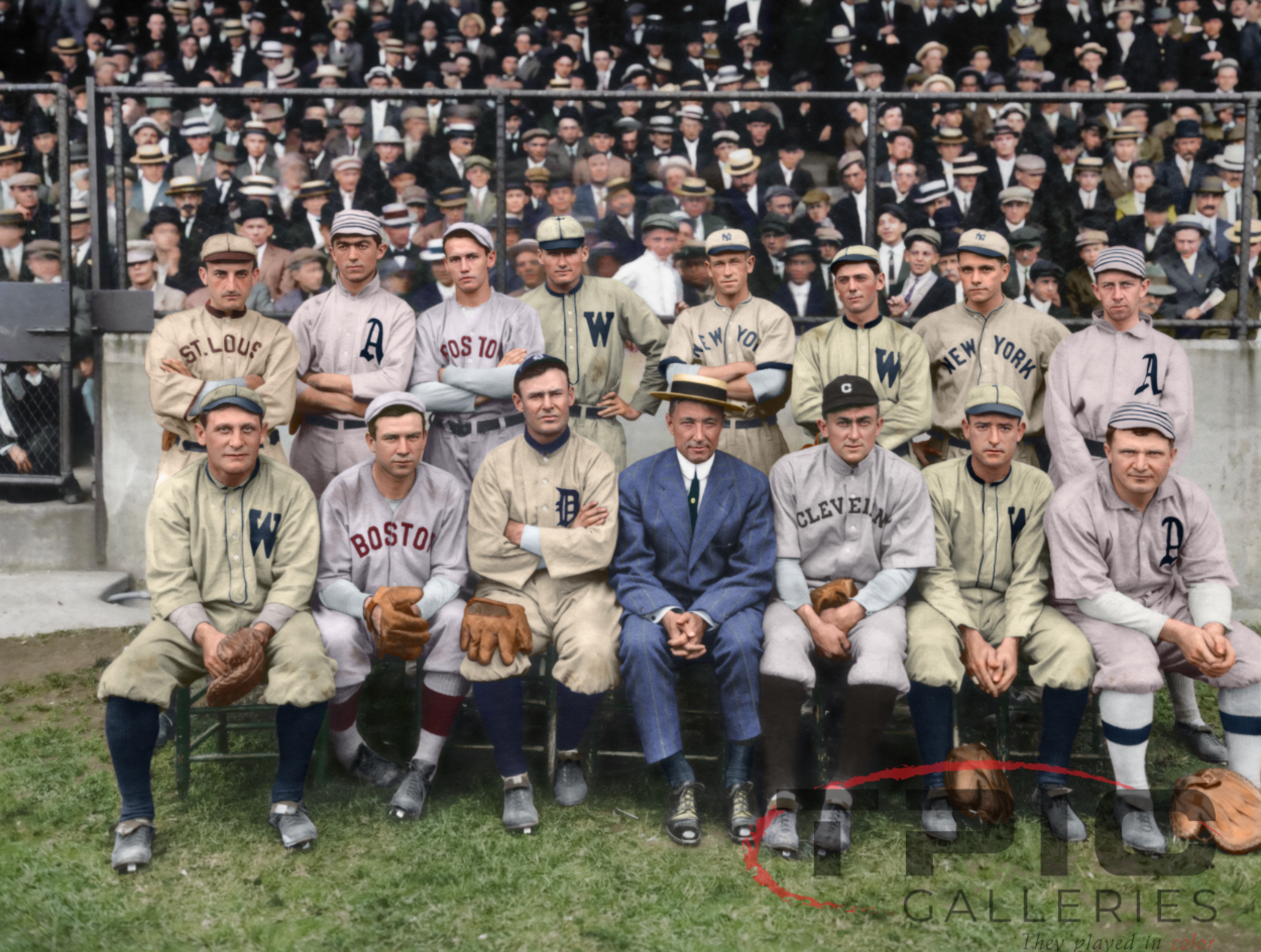
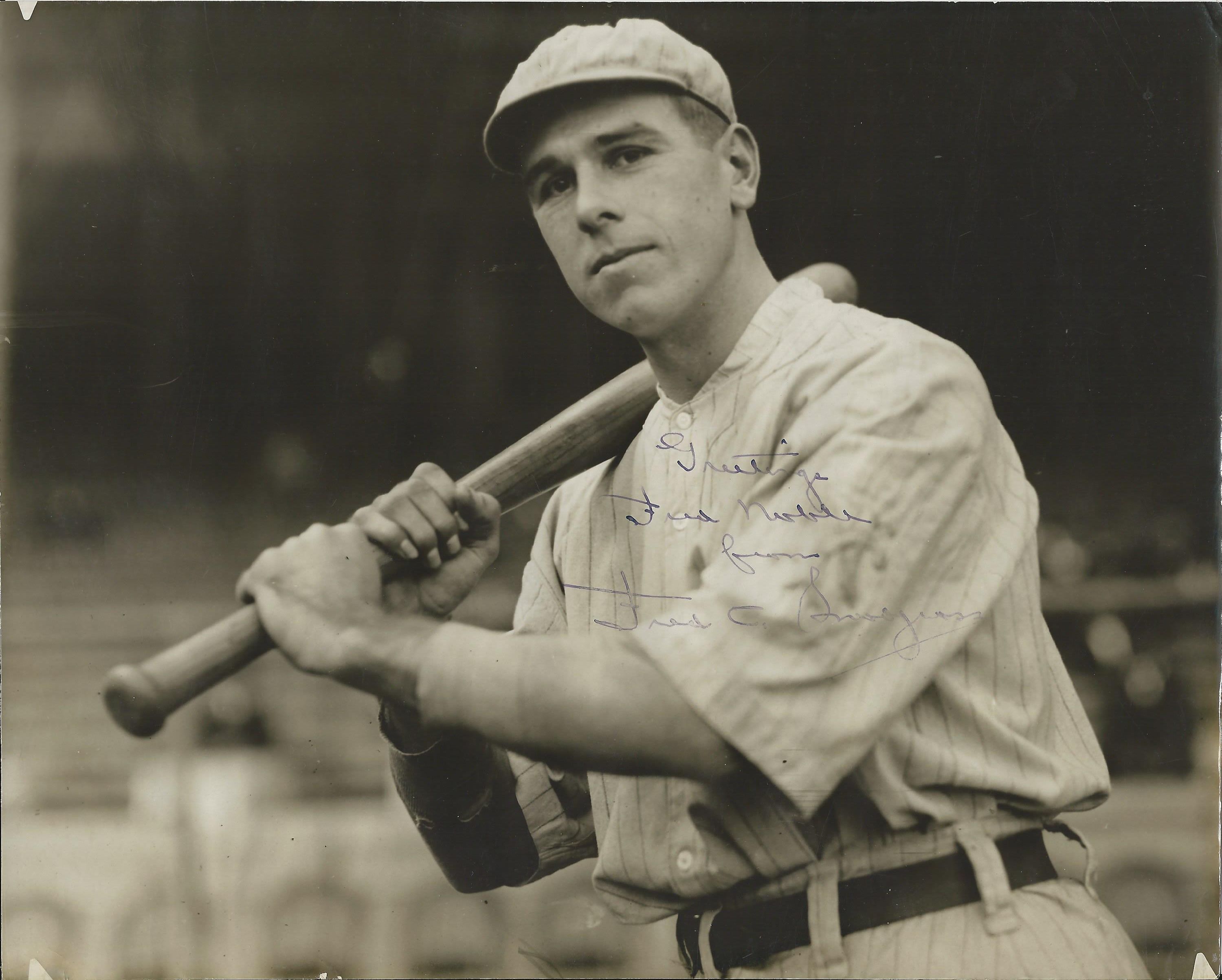
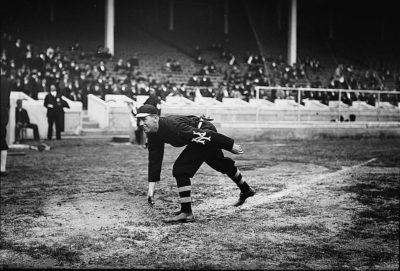
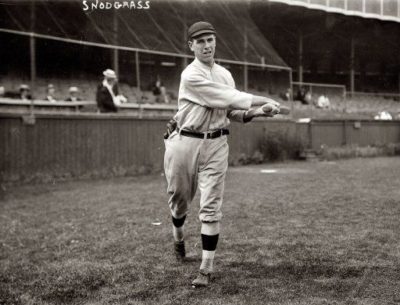
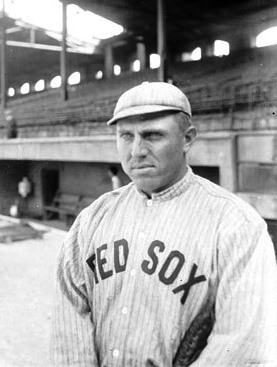
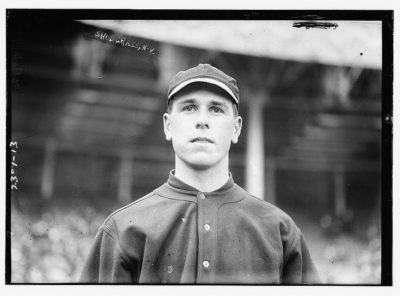
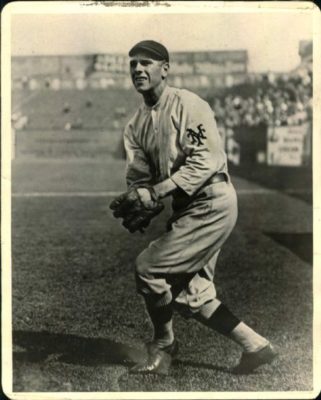
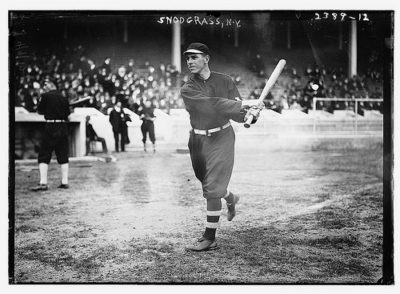
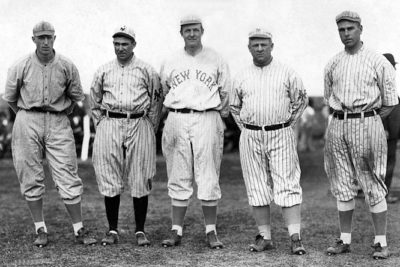
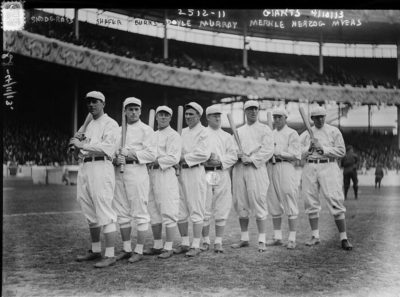
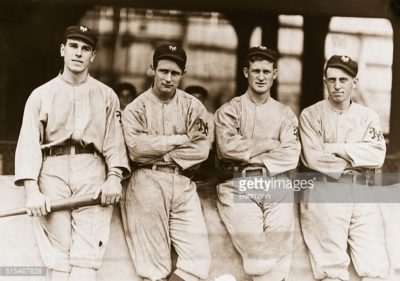
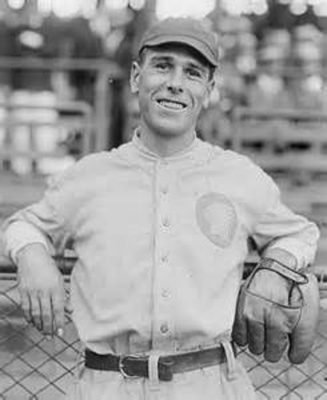
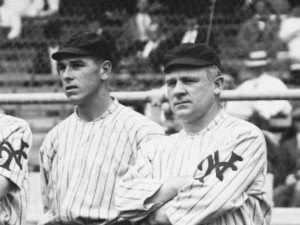
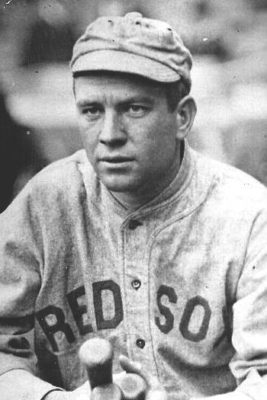

Thanks, YFE, for giving us “the rest of the story.”
Sure, I heard about the Snodgrass drop in first grade. But I bet you could count the number of fans who knew about his brilliant grab of the Harry Hooper liner “on the fingers of one finger,” as the old joke goes.
The question is why didn’t someone put away Speaker’s pop foul? The guy who blew that assignment is the real goat.
Great stuff.
Best, TOB
Thanks Bill. Matty, Merkle, and Chief Meyers all could have put it away easily. I guess they all thought the other guy would get it. It turned out to be a costly mistake. When you give a hitter like Speaker a second chance, you’re playing with fire.